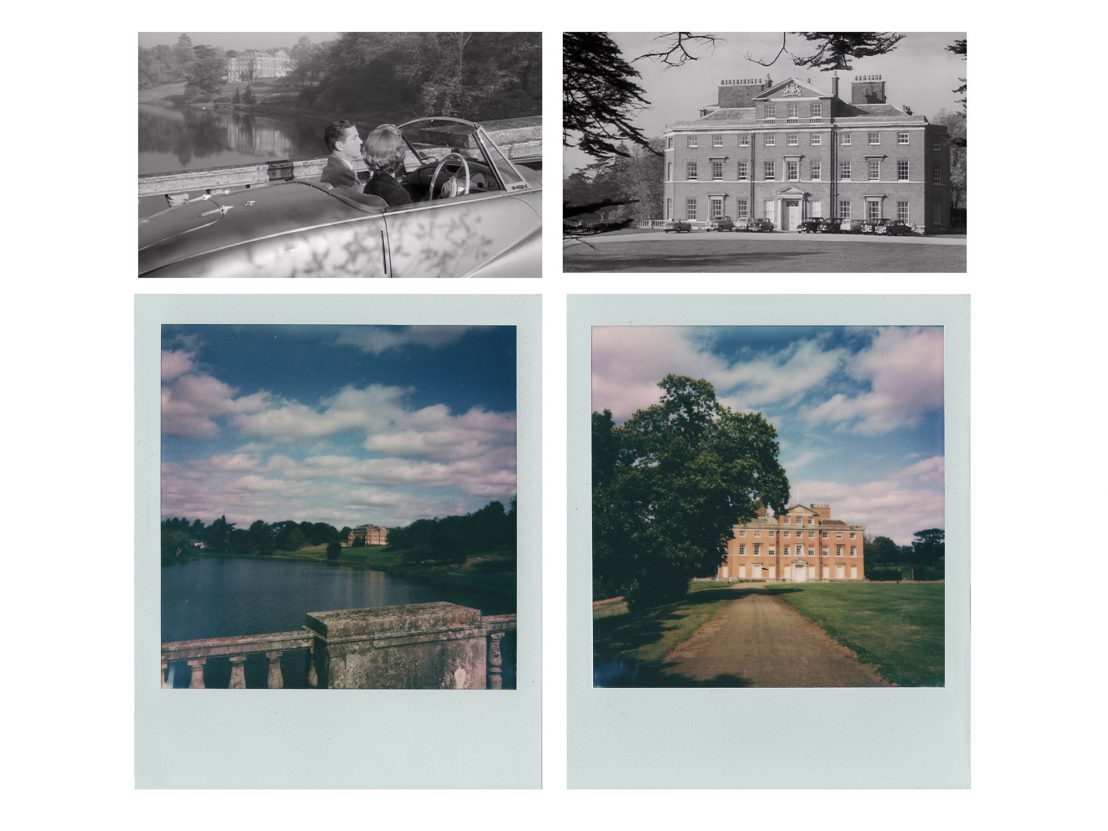
Night of the Demon was a shift away from the usual practices of its director, Jacques Tourneur. The macabre maestro, with the support of producer Val Lewton, had reinvigorated Hollywood horror with studio-bound psychological terrors like Cat People and I Walked with a Zombie. Leaving Lewton’s stewardship, Tourneur changed his methods of storytelling; finally showing the monster and, more impressively, using an array of real locations.
Based on MR James’ haunting short story, Casting the Runes, Tourneur and scriptwriters Charles Bennett and Hal E Chester expanded on James’ story and provided it with a scale that took in a variety of places, from haunted woods, stone circles and country manors to lavish Thames-side hotels and the British Museum.
Tourneur’s film renders James’ original story as an urban noir of sorts, except the murderer in this case has weaponised the dark arts. We follow an American professor of psychology John Holden (Dana Andrews) who is flying to London to talk at a conference, denouncing the practices of a cult led by Julian Karswell (Niall McGuiness). On arriving, he finds that his colleague Professor Henry Harrington (Maurice Denham) has been killed under seemingly suspicious circumstances.
With the help of Harrington’s daughter Joanna (Peggy Cummins), the trail leads him back to Karswell and his unwavering belief in his own powers. In the British Museum, Karswell passes a runic curse to Holden, giving him only a few days before a supposed demon will kill him. But will Holden’s scepticism be the death of him or will he realise the true power unleashed by Karswell that lies beyond scientific understanding?
Night of the Demon is a film full of contrasts. On the one hand, it opens with shots of Stonehenge in Wiltshire, featured later during a visit to the site in the days when you could drive directly up to the monument. Even its most famous moment occurs in the darkened woods with Harrington’s famous, recorded cry of “It’s in the trees, it’s coming!” This certainly gives the impression of a more rural film when the reality behind the vast majority of its locations is more balanced. London looks especially menacing, the shadowy palette usually reserved for crime cinema applied with brilliance. Whether in waterfront hotels, desolate train stations or the British Museum, it feels like something is stalking in the darkness of the film.
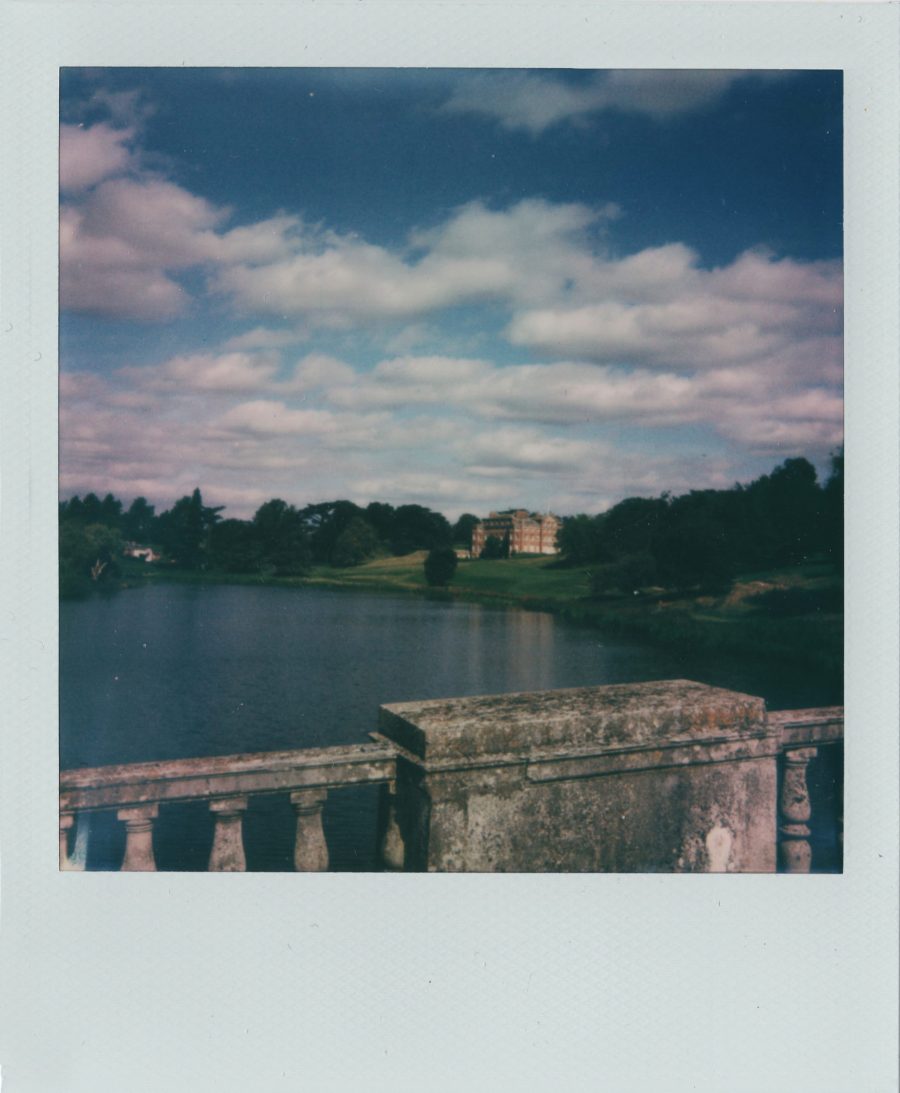
One of the more unusual locations used in the film is Lufford Hall, or Lufford Abbey as it’s called in James’ story, a vast and sprawling manor supposedly in Warwickshire where Karswell lives with his mother (Athene Seyler). There’s something distinctly ominous about the whole building in spite of Karswell casually referring to it as his “place in the country”. We first see the building at night when Harrington tries to plead with Karswell one last time in order to call off the demon.
At night, the building looks exactly like the dwelling of an evil man, heightened further by casual assertions later on that the building is paid for by Karswell’s followers (perhaps by people he threatens with death by demon or his array of rich followers). Later on, the woods around the hall are particularly terrifying, seemingly guarded by the demon from trespassers as Holden tries to obtain the book that may provide the solution to his curse.
The building becomes unusually more terrifying during the day as, when the viewer finally gets a good glimpse of it, Karswell is not simply pottering about or reading a book; he is dressed as a clown and putting on a show for the local children of the village. This is a pivotal point in the original story as, after one of Karswell’s party tricks designed to stop local children from entering the property scares them half witless, the local fathers want to ‘smash every window’ of the hall.
In Tourneur’s version, we see this party unfold though it occurs slightly differently. The magician is in his clown garb when Holden and Joanna arrive. Karswell demonstrates his powers by calling up a breeze that disrupts the whole party, leaf storms forcing everyone from the grounds into the building for shelter. Day or night, Lufford Hall is an unnerving place.
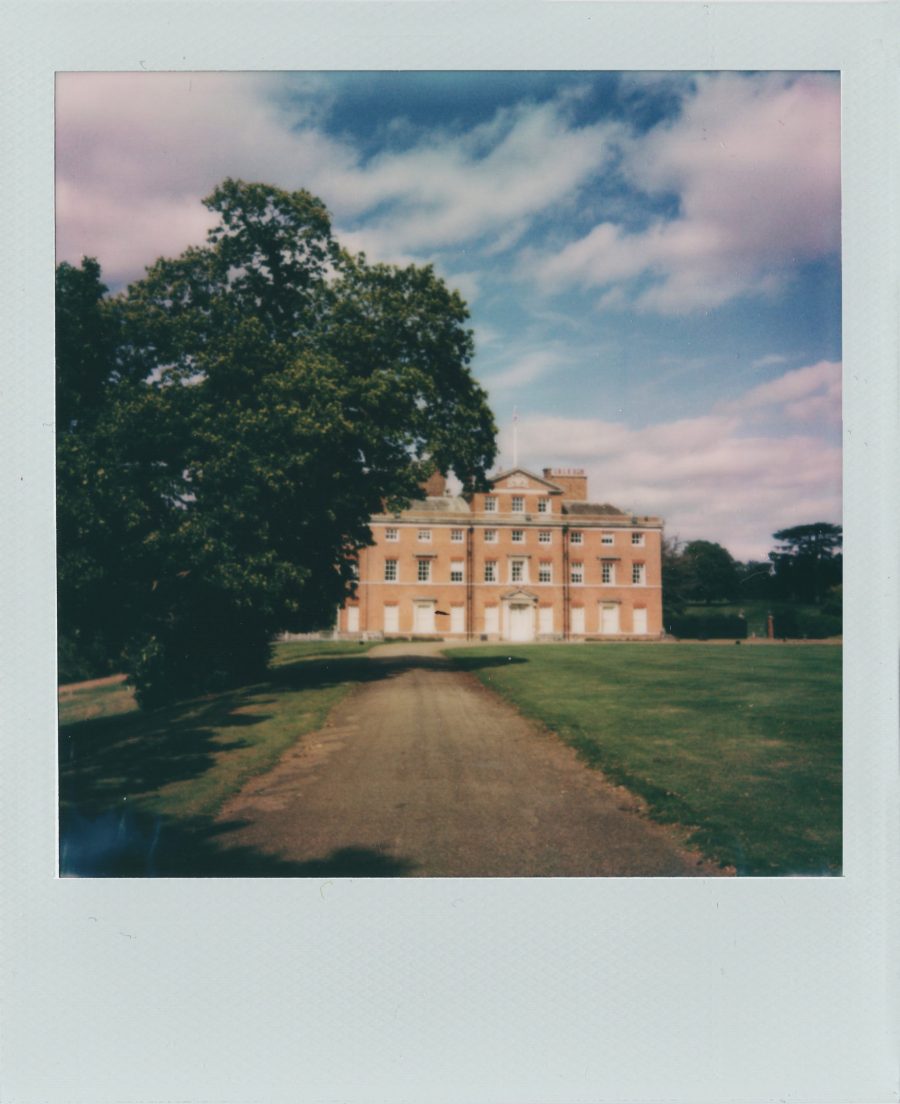
In reality, Lufford Hall is actually Brocket Hall in Hertfordshire on the rural side of Welwyn Garden City. The hall is Grade I listed due to its age and design, being built in the mid 1700s on a site that has housed large properties since the 1200s. Being an atmospheric locale, the hall has featured heavily in film and television, from The Queen to episodes of Poirot, Pride & Prejudice and Inspector Morse.
The house also has a longstanding history with the aristocracy, fitting for a villainous occult leader’s domain. In recent years, the hall has been leased by a Hong Kong company who turned it into a golf and general leisure retreat after the third Baron Brocket went to jail for insurance fraud in the 1990s.
Either way, the development work on the building has done little to change the atmosphere captured in Tourneur’s film and I would wager that even the most determined of holidaying golfers would think twice before venturing into the scrubby woodland around in search of shots gone wide. Who knows what terrors could be lurking beyond the fairway.
Published 13 Mar 2021
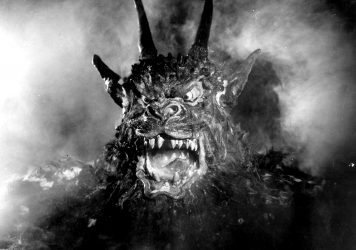
By Adam Scovell
The director’s 1957 occult classic continues to cast a long, sinister shadow over horror cinema.
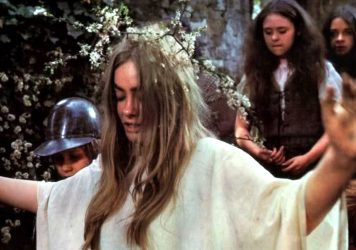
By Adam Scovell
Adam Scovell visits the scene of one of the most disturbing moments in the history of British horror cinema.
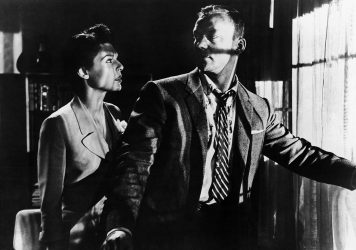
The French master’s work mirrors today’s climate of social anxiety, as revealed in a recent retrospective.